


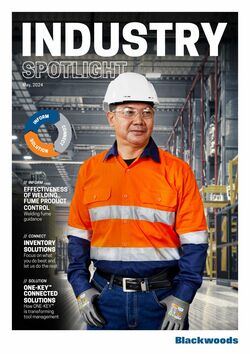
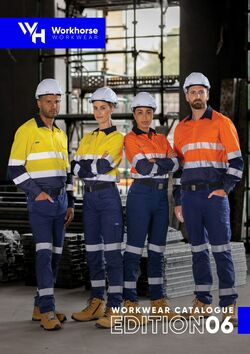


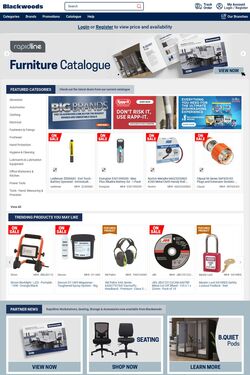
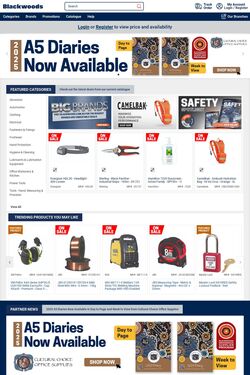

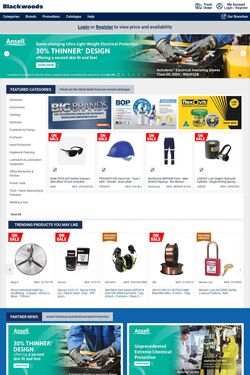


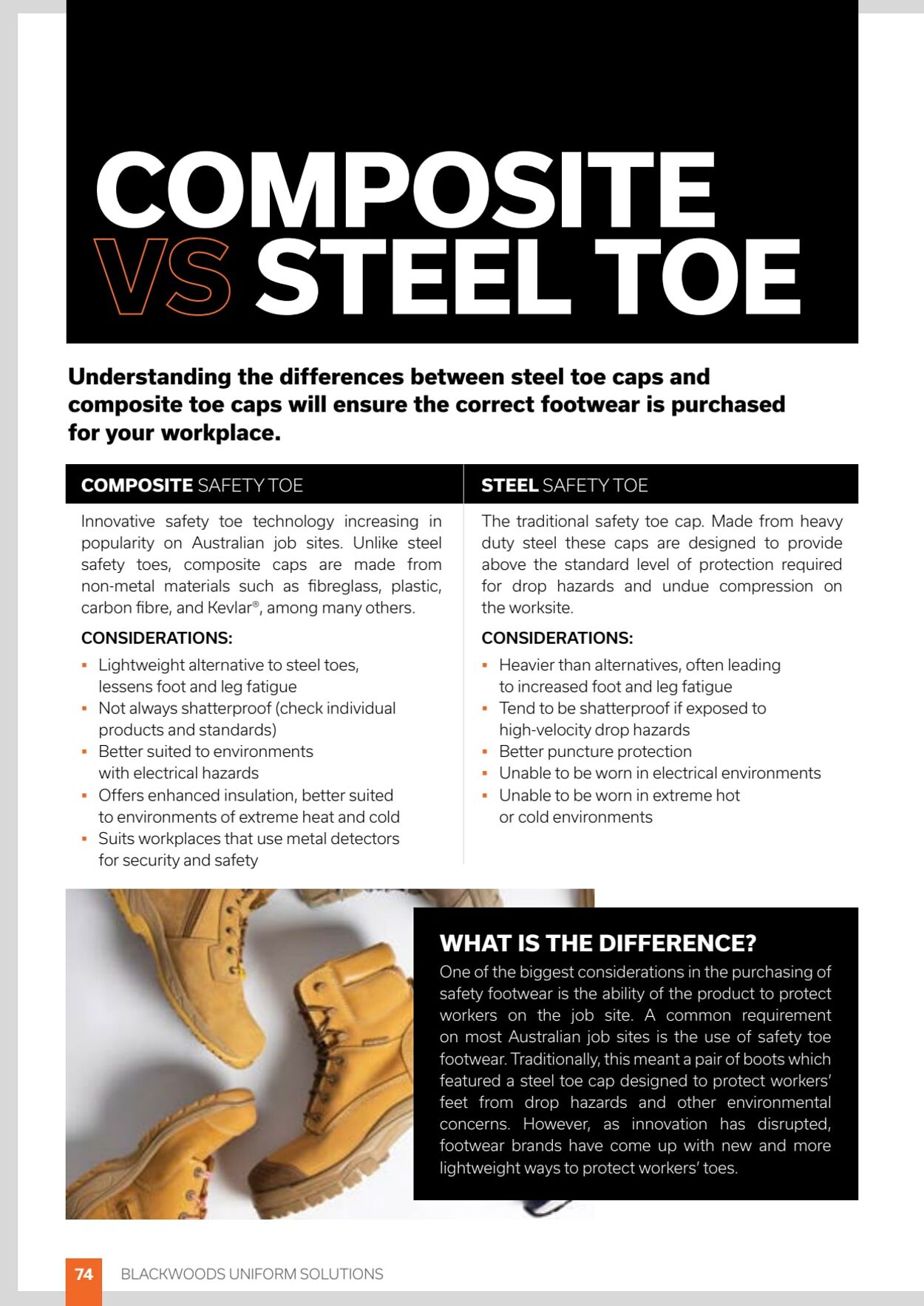
Products in this catalogue
COMPOSITE > STEEL TOE Understanding the differences between steel toe caps and composite toe caps will ensure the correct footwear is purchased for your workplace. COMPOSITE SAFETY TOE Innovative safety toe technology increasing in popularity on Australian job sites. Unlike steel safety toes, composite caps are made from non-metal materials such as fibreglass, plastic, carbon fibre, and Kevlar®, among many others. CONSIDERATIONS: Lightweight alternative to steel toes, lessens foot and leg fatigue Not always shatterproof (check individual products and standards) Better suited to environments with electrical hazards Offers enhanced insulation, better suited to environments of extreme heat and cold Suits workplaces that use metal detectors for security and safety Vy | STEEL SAFETY TOE The traditional safety toe cap. Made from heavy duty steel these caps are designed to provide above the standard level of protection required for drop hazards and undue compression on the worksite. CONSIDERATIONS: Heavier than alternatives, often leading to increased foot and leg fatigue Tend to be shatterproof if exposed to high-velocity drop hazards Better puncture protection Unable to be worn in electrical environments Unable to be worn in extreme hot or cold environments WHAT IS THE DIFFERENCE? One of the biggest considerations in the purchasing of safety footwear is the ability of the product to protect workers on the job site. A common requirement on most Australian job sites is the use of safety toe footwear. Traditionally, this meant a pair of boots which featured a steel toe cap designed to protect workers’ feet from drop hazards and other environmental concerns. However, as innovation has disrupted, footwear brands have come up with new and more lightweight ways to protect workers’ toes.
| Name | Details |
|---|